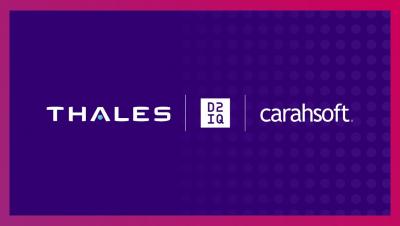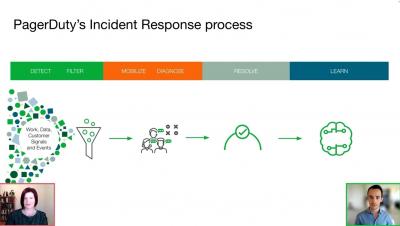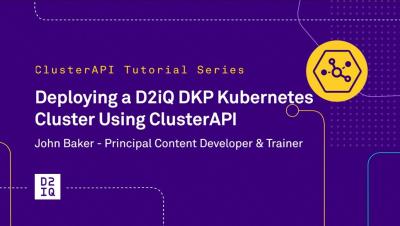Zero Trust for Kubernetes Environments (D2iQ + Thales TCT)
Learn how to secure applications in Kubernetes environments. In this webinar, tech experts from Thales TCT and D2iQ will discuss how to establish a zero trust environment that safeguards data in Kubernetes deployments.











